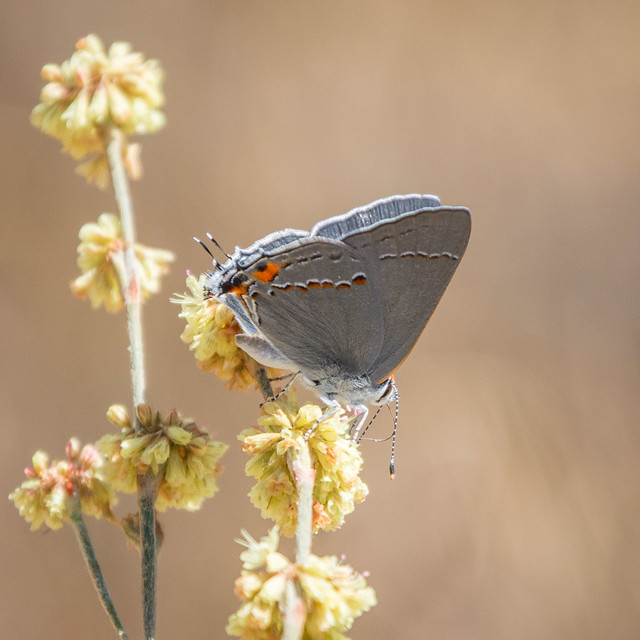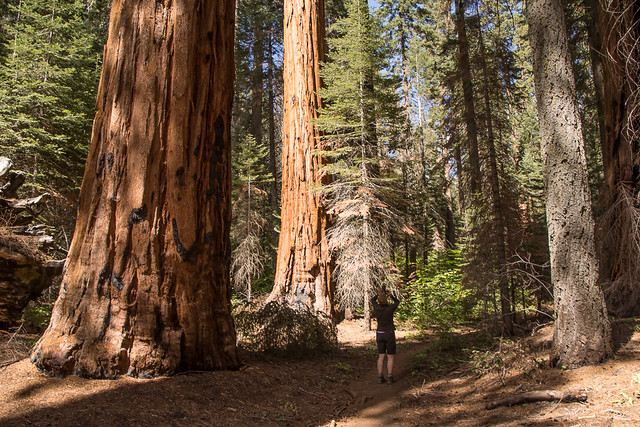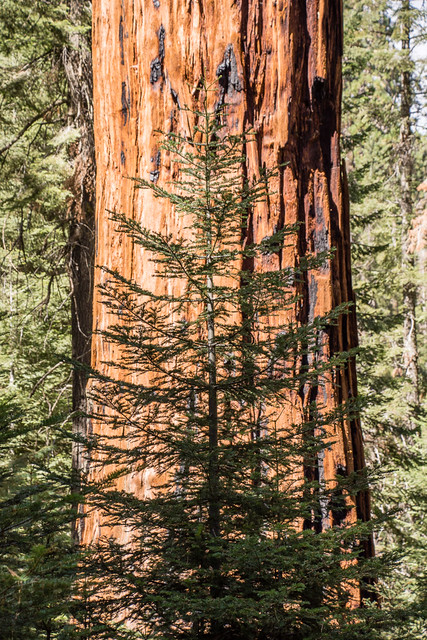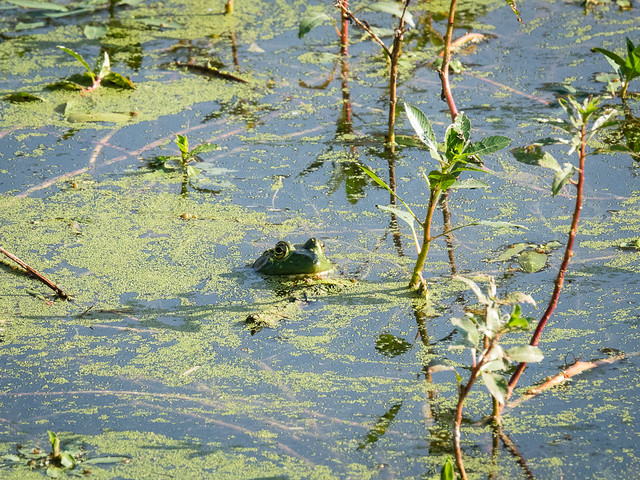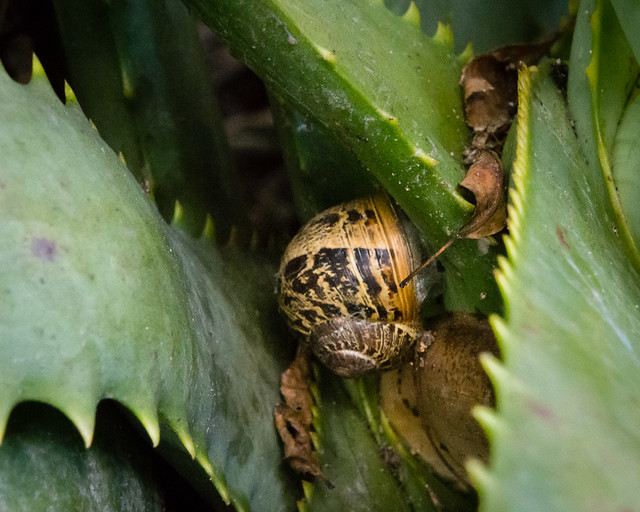On our way south to Santa Barbara we stopped overnight in San Luis Obispo. We stayed at the Garden Street Inn - a small hotel close to downtown.
It's not obvious if you just walk down the main street, but there is a creek just behind and a number of the restaurants have patios overlooking the creek - definitely the place to eat lunch on a nice day. Our favorite is Novo Restaurant. We had supper (tapas) at Luna Red.

The next morning we checked out the Botanical Gardens - still a work in progress, but nice nonetheless.
There were some "regular" flowers:

as well as some more unusual plants:




I managed to catch one of the fast moving hummingbirds:

Turkey vultures soared overhead (much better fliers than us!) and one swooped by, perhaps to check us out.

And lots of lizards (Western Fence Lizards?) scurried about:

See all 21 photos
It's not obvious if you just walk down the main street, but there is a creek just behind and a number of the restaurants have patios overlooking the creek - definitely the place to eat lunch on a nice day. Our favorite is Novo Restaurant. We had supper (tapas) at Luna Red.

The next morning we checked out the Botanical Gardens - still a work in progress, but nice nonetheless.
There were some "regular" flowers:

as well as some more unusual plants:




I managed to catch one of the fast moving hummingbirds:

Turkey vultures soared overhead (much better fliers than us!) and one swooped by, perhaps to check us out.

And lots of lizards (Western Fence Lizards?) scurried about:

See all 21 photos




